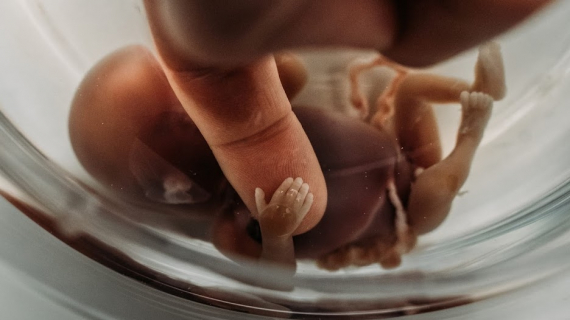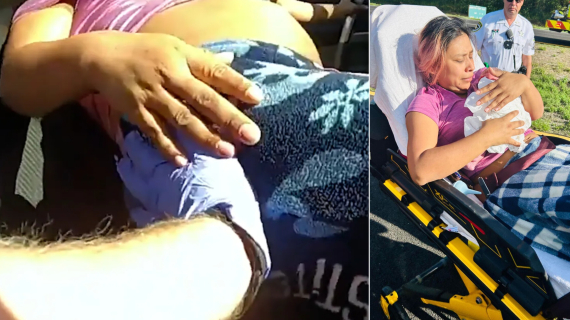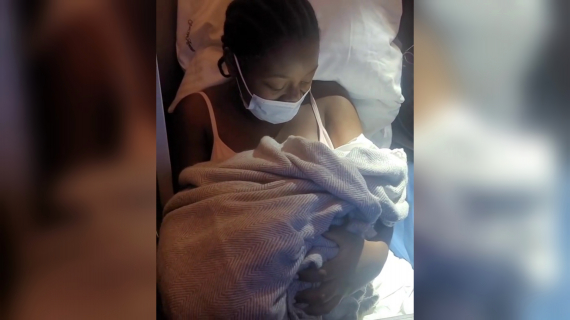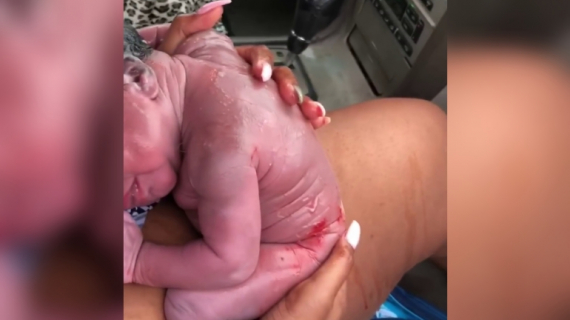Prenatal Abdominal Examination: Leopold's Maneuvers
Leopold's maneuvers are four maneuvers used to palpate a fetus inside a pregnant mom, from her abdomen. Fetal palpation is preferably performed after 24 weeks gestation when fetal outline can be already palpated.
Position the mother in dorsal recumbent. It helps the woman relax her abdominal muscles to enhance palpation.
First Maneuver: Fundal Grip: This maneuver determines whether fetal head or breech is in the fundus. Proper positioning of hands ensures accurate findings. When palpating, a head feels more firm thana breech, a head is round and hard; the breech is less well defined. A head moves independently of the body; breech moves only in conjunction with the body.
Second Maneuver - Umbilical Grip: This maneuver locates the back of the fetus. This method is most successful to determine the direction the fetal back is facing. One hand will feel a smooth, hard, resistant surface (the back), while on the opposite side, a number of angular nodulations (the knees and elbows of the fetus) will be felt.
Third Maneuver - Pawlick's Grip: This maneuver determines the part of the fetus at the inlet and its mobility. If the presenting part moves upward so an examiner's hand can be pressed together, the presenting part is not engaged (not firmly settled into the pelvis). If the part is firm, it is the head; then it is breech.
Fourth Maneuver - Pelvic Grip: This maneuver determines fetal attitude and degree of fetal extension into the pelvis; it should be done only if the fetus is in a cephalic presentation. Information about the infant's anteroposterior position may also be gained from this final maneuver.














